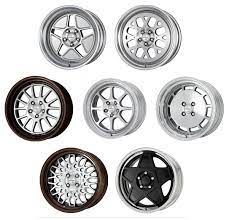In the fast-paced world of cfd trading, understanding market movements is crucial for making informed decisions. Technical analysis, a method of evaluating securities by analyzing statistics generated by market activity, offers traders a systematic approach to predict price movements. This guide provides an overview of using technical analysis to enhance CFD trading strategies.
Technical analysis revolves around the idea that past trading activity and price changes can indicate future price movements. For CFD traders, this means using charts and patterns to make predictions. The first step is to familiarize yourself with key concepts like support and resistance levels. Support levels are price points where a security tends to stop falling and may rebound, while resistance levels are where it may stop rising.
Another critical tool in technical analysis is moving averages, which help smooth out price data to identify trends over time. By calculating the average price over a specific period, moving averages can highlight the direction of the trend. Traders often use different types of moving averages, such as simple moving average (SMA) and exponential moving average (EMA), to gauge market sentiment and make trading decisions.
Chart patterns are also integral to technical analysis in CFD trading. Recognizing formations like head and shoulders, double tops, and triangles can provide insights into potential market reversals or continuations. These patterns emerge from the collective behavior of market participants and can signal entry or exit points for trades.
Technical indicators like Relative Strength Index (RSI) and Moving Average Convergence Divergence (MACD) further refine trading strategies. RSI measures the speed and change of price movements, indicating overbought or oversold conditions. MACD, on the other hand, tracks the relationship between two moving averages, helping traders identify momentum and potential price shifts.
For successful CFD trading, combining these tools and techniques within your strategy is vital. It’s important to remember that technical analysis is not foolproof and should be used alongside other forms of analysis and risk management practices. Continuously updating your knowledge and adapting to market changes will enhance your ability to leverage technical analysis effectively in CFD trading.
Using Technical Analysis in CFD Trading: A Step-by-Step Guide
Categories:


